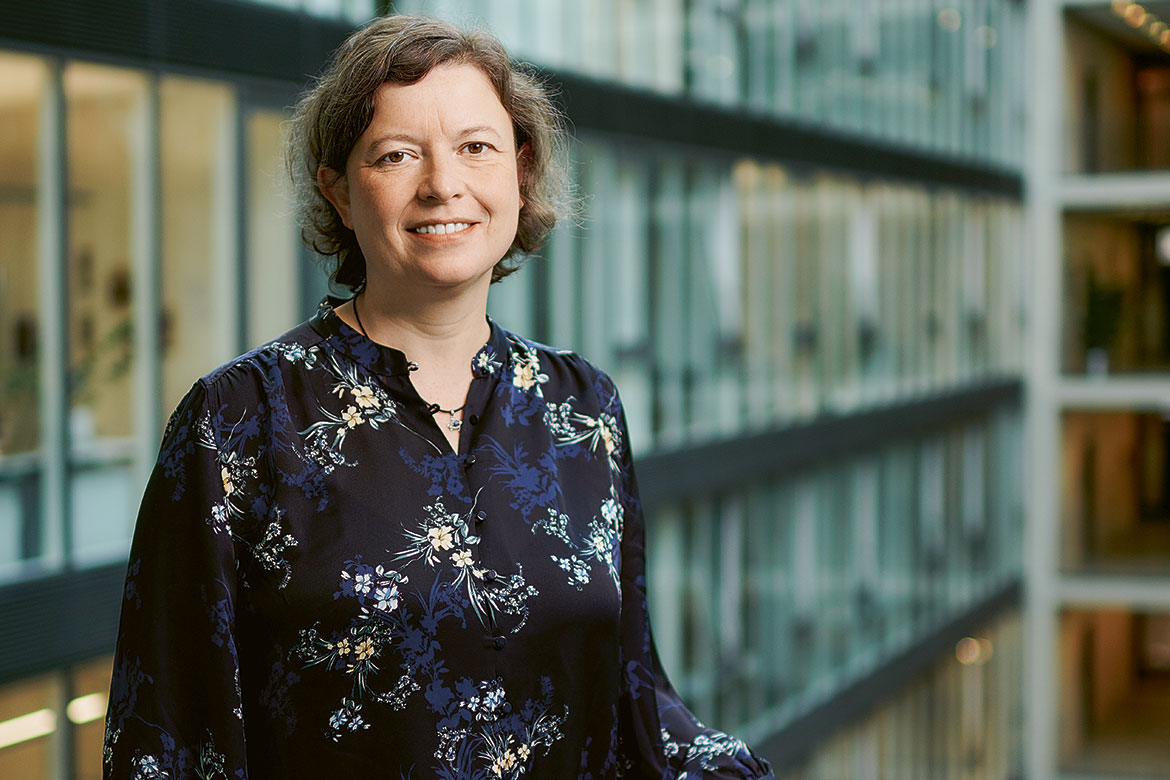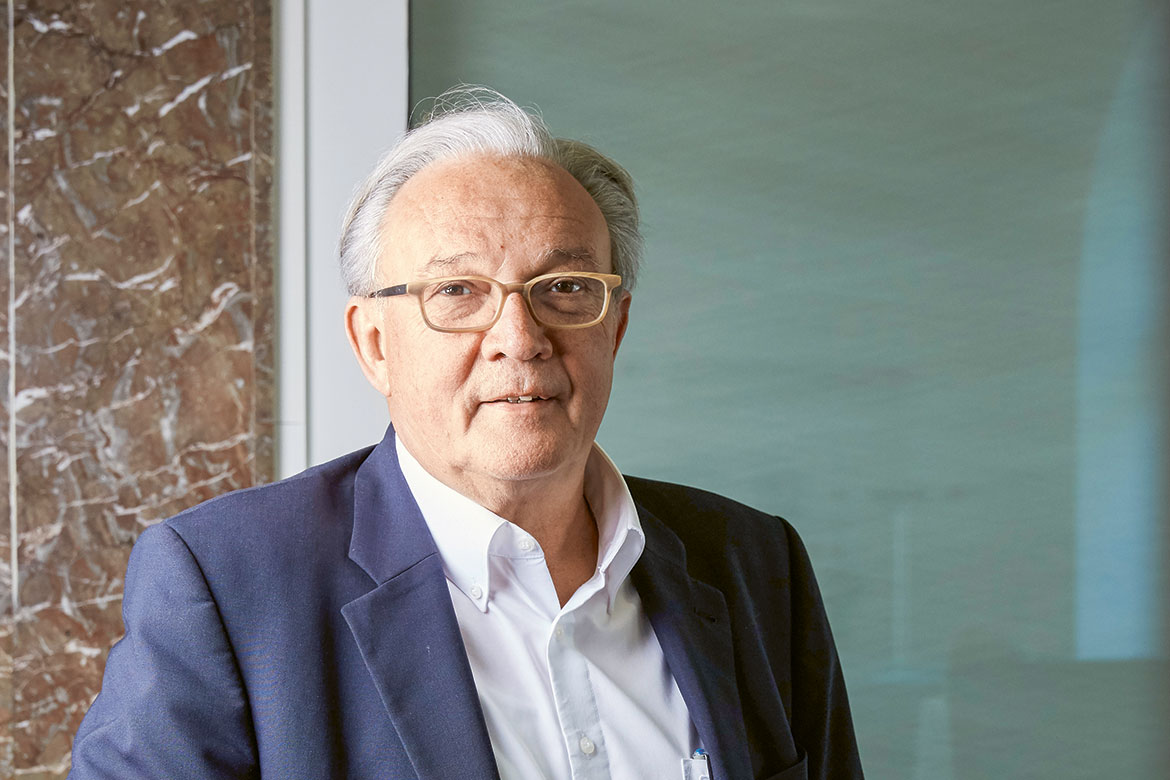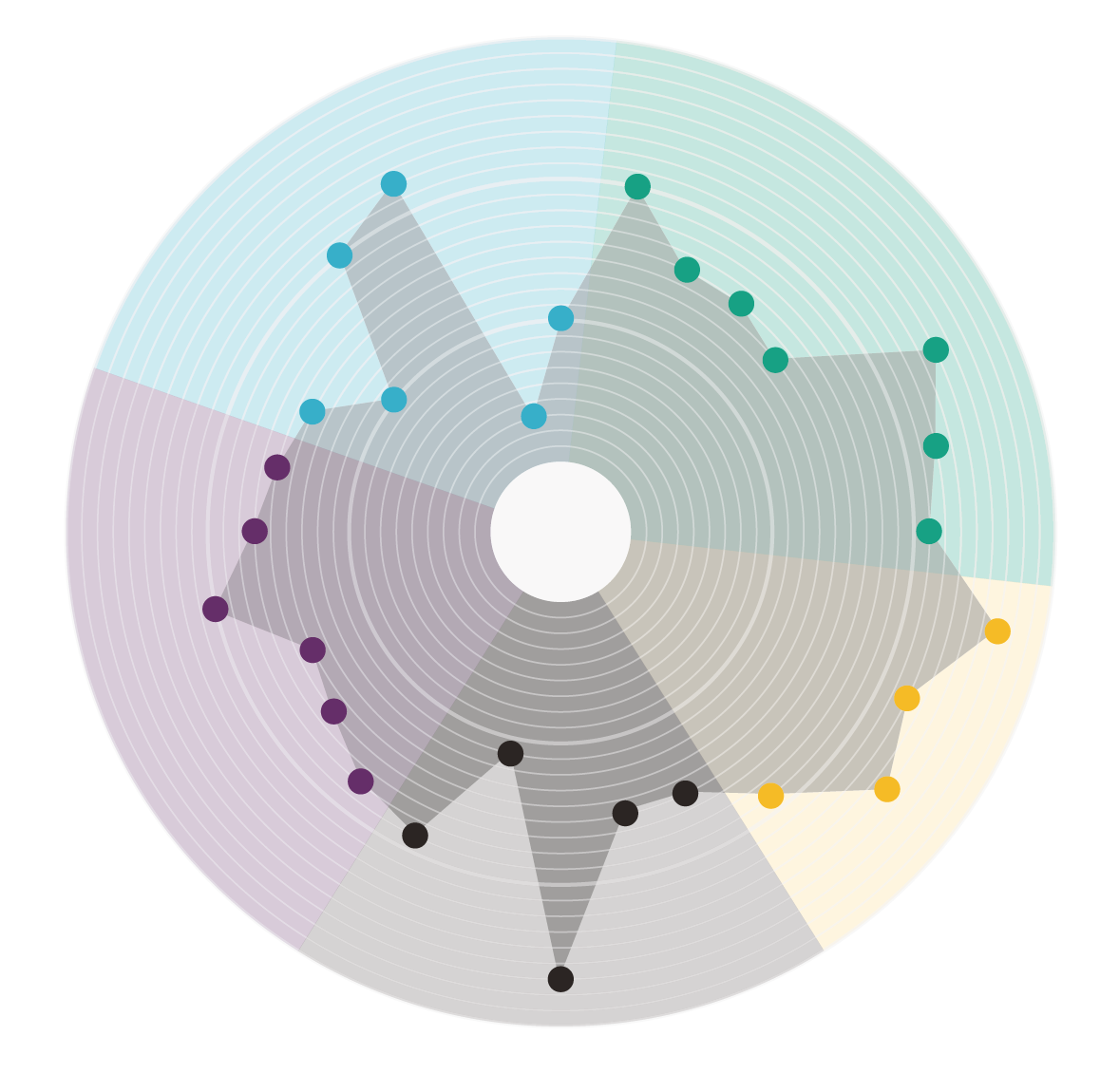Keeping up with the times
Eszter Hargittai is a professor at the University of Zurich. She researches into how the Internet influences our lives and alters social inequalities. But she also asks critical questions of hierarchical systems, is committed to gender equality, and appreciates reliability.

Eszter Hargittai launched her first webpage in 1995. Now she is now studying the inequalities linked to the digital world. | Image: Manu Friederich
“Grüezi” – she utters the local, Swiss-German greeting loud and clear, with a hearty laugh. This word has featured in her everyday life in Zurich for the last three years. Eszter Hargittai is an American sociologist with Hungarian roots. But she’s not here to research into the local dialect. She wants to know how people deal with digitalisation, what the Internet does to us, and whether or not it helps to resolve societal inequalities. She is focussed on how people with different social backgrounds can profit from digitalisation – such as why women and men over 60 years old use the Internet just as skilfully as younger generations. She is currently working on an international project with data from Switzerland, Germany, Bosnia, Serbia, Hungary and the USA that is investigating our understanding of algorithms.
The vitality of statistics
When Hargittai was appointed professor in the Department of Communication and Media Research at the University of Zurich in 2016, she was already able to speak German because she’d learnt it at school back in Hungary. Her parents were both professors in chemistry in Budapest, and despite living behind the Iron Curtain they were allowed to travel several times to the USA to give guest lectures. When it became possible for Hungarians to travel freely in 1989, Hargittai wanted to go and study in the USA: “It was difficult to figure out back then which university would suit me”, she recalls. “And then there was the matter of money”.
She finally chose Smith College in Northampton, Massachusetts, which was the biggest women’s college in the USA and one of the most respected in the world. Regrettably, they did not have any courses in communication, which was the subject that really interested her. But she felt particularly drawn to statistics, because it offered an opportunity to capture information systematically and to link it with theory. “So I took the first course in sociological statistics. You might say that I chose to study sociology by chance, by way of statistics”.
Online solutions to homesickness
At the age of 18, Hargittai was already living over 4,000 miles away from her family. “It was too expensive to be able to travel back to Hungary whenever I felt like it”, recalls Hargittai. “I only travelled back that first summer, when I worked for three months as a reporter for one of the biggest daily newspapers in Budapest. Thanks to that experience, I knew that doing things quickly wasn’t for me. I need time to question things, to investigate them and to hunt for solutions”. That settled her decision to embark on an academic career. And there was soon a solution for her homesickness: “My mother was already writing e-mails in 1992. That was our opportunity!”, she remembers. “I set up my first website in 1995, and bought the domain eszter.com three years later”. She began to write blogs in 2002, set up her Facebook account two years later, and began writing tweets as soon as Twitter went online. Early on she began to take an interest in social aspects of communication and information technologies.
Her thirst for knowledge helped provide her with an impressive academic CV in the USA. She spent an intermediate year at the University of Geneva, getting to know French-speaking Switzerland in the process. In 2015 the University of Zurich was looking for a successor to the media scientist Heinz Bonfadelli, and appointed Hargittai. “After 25 years in the States, I wanted to move closer to my family, and Switzerland interested me because I’d already worked in Geneva”. She also dreamt of going on long Alpine hikes. Today, she might not live in the mountains, but at least the suburb of Zurich where she lives is close to the lake and has a big park where she can go walking. She takes the train and the tram on her daily commute, and sometimes even a boat. She’s a fan of reliability – not just in public transport, but in her dealings with her fellow human beings too.
Social media without pressure
The Department of Communication and Media Research is located in an office building near the Oerlikon train station. It’s not exactly a feast for the eyes, but Hargittai has created her own personal world in her office. There’s a turquoise chaise-longue by the window, and knick-knacks stand amongst her books. There are reptiles everywhere: modelled, sculpted, knitted, drawn or made of artfully folded paper. “Turtles have been a thing of mine since childhood”, explains Hargittai. They are gifts from friends she’s made all over the world – friendships that remain close thanks to social media. “Although I really enjoy social media, I don’t let it determine my life”, she says. “I don’t use smart alerts for e-mails or social media posts”.
There are watercolours and acrylic paintings along her windowsill. Some of them are abstract. Could that be a Klee among them? No, says Hargittai – she paints herself. It relaxes her, and lets her clear her head for new challenges. In her department, she heads a team of six women and one man. She refuses to accept how things run in other sectors of academia when it comes to women’s equality. She also finds the hierarchies at Swiss universities far too rigid. “Why send young, motivated, clever people to collect credit points in lectures instead of providing them with early access to everyday research?” In her opinion, there are still many questions to be answered.
Incidentally – come late October, Hargittai abandons her ‘Grüezi’ and returns to her old American habits. Then it’s ‘trick or treat’ time in Oerlikon.




